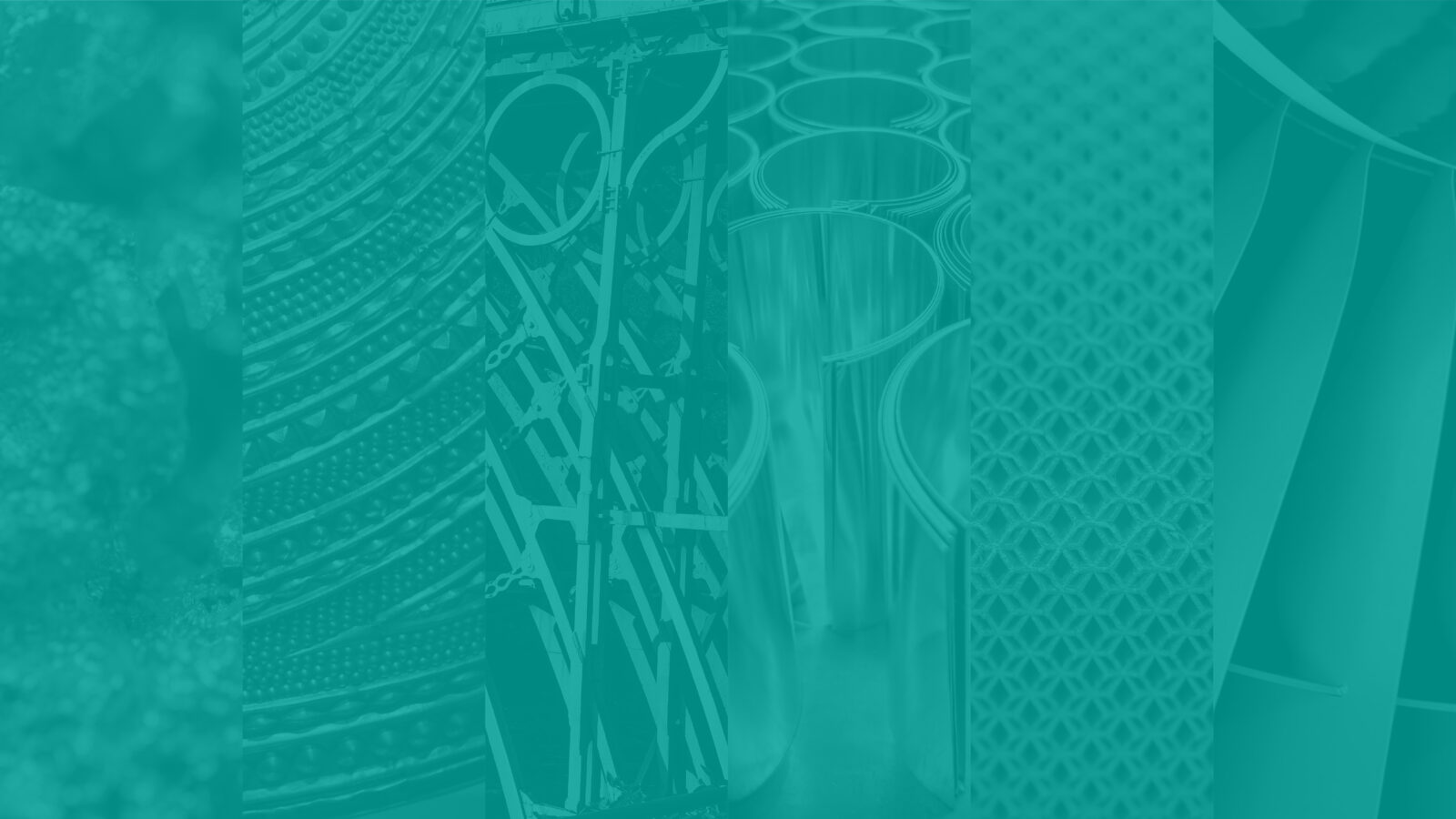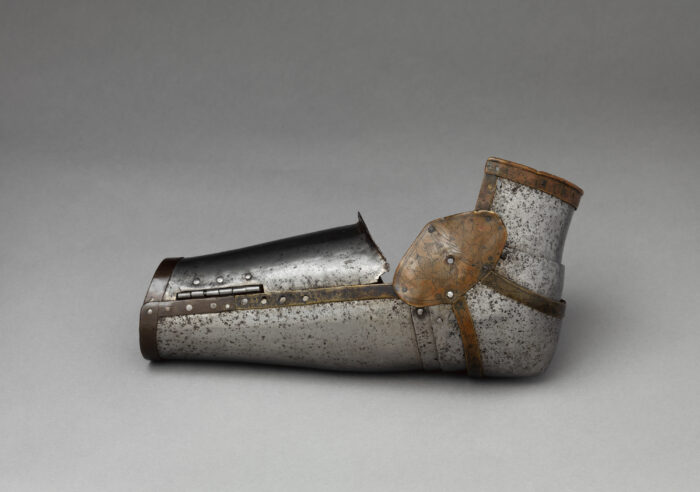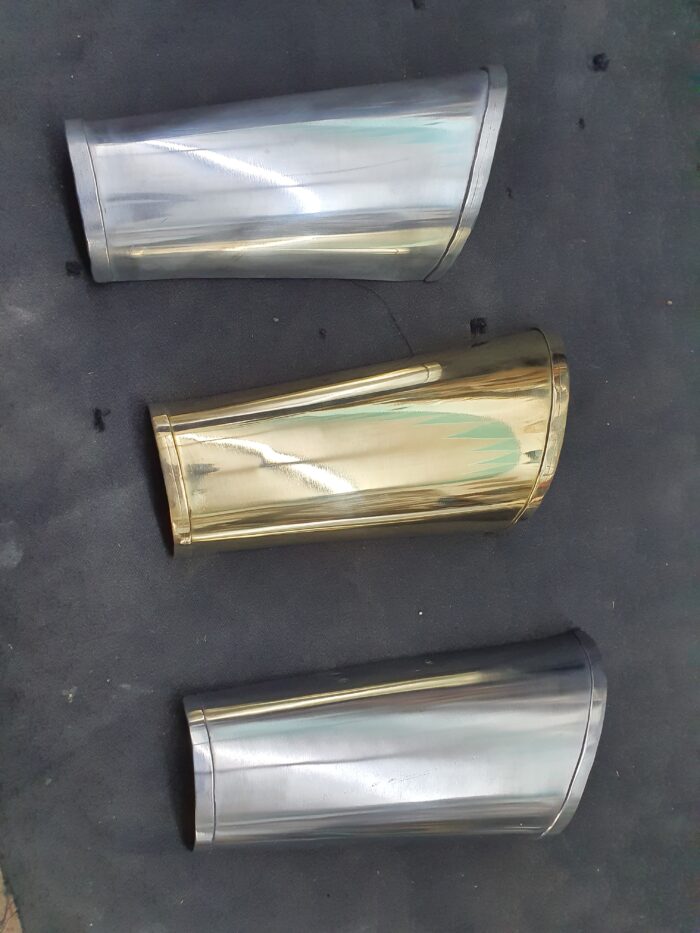This website uses cookies so that we can provide you with the best user experience possible. Cookie information is stored in your browser and performs functions such as recognising you when you return to our website and helping our team to understand which sections of the website you find most interesting and useful.

Vambraces
Metals: Pioneering Materials
What are vambraces?
Vambraces are a type of forearm guard that makes up part of a suit of plate armour. Vambraces were usually combined with gauntlets or elbow defences to provide the wearer with enhanced protection.
This piece of armour was conventionally produced from a range of materials including iron, steel, brass and even leather. Vambraces gained popularity in the medieval period as the use of large, heavy, shields became less favourable. Vambraces did not interfere with the wearer’s mobility and could be shaped to fit the user’s profile, allowing for a lighter burden during combat.

‘Left arm defence vambrace’ image by Metropolitan Art Museum – Licensed under CC BY-SA 3.0
About the objects
The objects displayed in the Metals: Pioneering Materials exhibition are replica vambraces commissioned for the exhibit.
Although all three forearm guards have the same shape and size, each has a very different weight. This is because they are made from different metals.
The weight of the different objects depends on the density of atoms in the metals they are made from. Density is a measure of how heavy an object is for a given size. With the exception of aluminium, most conventional metals are very dense. This is because they are made from heavy atoms which are packed together densely arranged ‘crystal’ structures.
You can feel these different densities of metals if you wear the three vambraces.
Vambrace 1 is made from steel. Steel is a high-density alloy from 7750 kg/m3 to 8050 kg/m3). This is typically 2.5 times denser than aluminium, making it much heavier. That is why a steel vambrace is strong and less likely to warp, deform or bend under weight, force or heat.
Vambrace 2 is made from aluminium. In its pure form, aluminium has a very low density (about 2,710kg/m3), which means it is a lightweight metal. For this reason, aluminium is the preferred metal choice for many applications such as vehicles, aircrafts, or spaceships! Aluminium is also a relatively soft metal, but when combined with another metal (in an alloyed form), it hardens and strengthens. Aluminium is also resistant to corrosion because it forms a thin layer of its oxide on the surface of the metal. This keeps air and water from getting into the metal which causes corrosion.
Vambrace 3 is made from brass, which has been used here as a substitute for copper considering the high commercial value of copper. Brass is an alloy composed of copper and zinc with a high density (from 8400 to 8700 kg/m3).

The three vambraces commissioned as part of Royce’s Metals: Pioneering Materials exhibition.

